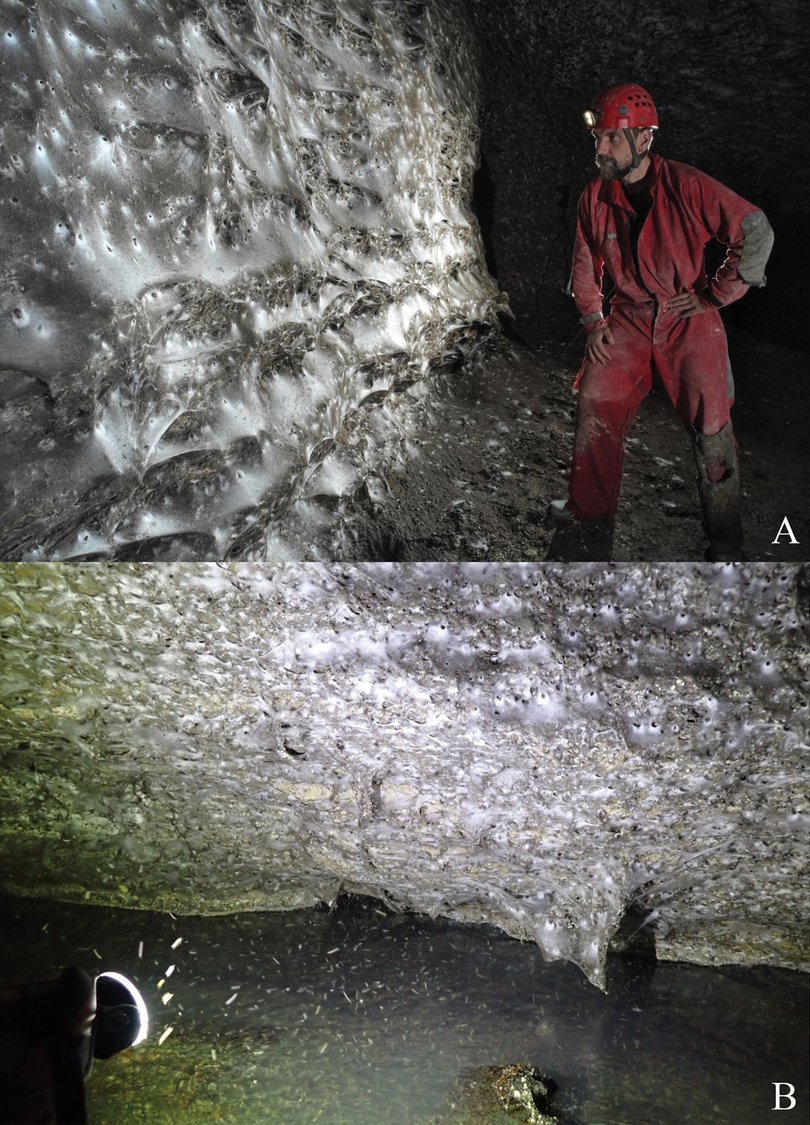World’s largest spider web inhabited by more than 110,000 arachnids discovered across Albania and Greece
A team of scientists has found an “extraordinary” yet skin-crawling colony of more than 110,000 spiders.
A dozen researchers, led by biologist István Urák published a paper on October 17 detailing their findings on the gigantic spider population in Sulfur Cave, stretching across the border of Greece and Albania.
WATCH THE VIDEO ABOVE: World’s biggest spider web discovered by scientists
Sign up to The Nightly's newsletters.
Get the first look at the digital newspaper, curated daily stories and breaking headlines delivered to your inbox.
By continuing you agree to our Terms and Privacy Policy.While the sheer number of arachnids would be enough to inspire nightmares in most, Urák was instead overwhelmed with gratitude and respect when he first saw the web.
“You have to experience it to truly know what it feels like,” he told Live Science.
The research paper found the massive web covers more than 100sqm and was a unique example of two arachnid species living symbiotically.


Images from inside the cave show the thick web covering its walls and roof, even forming a stalactite formation in one section.
The massive web had mostly been constructed by about 69,000 common and harmless barn funnel weavers coalescing with about 42,000 Prinerigone vagans, also known as dwarf weavers.
Funnel weavers would often be expected to treat dwarf weavers as their prey, however the researchers believe limited light in the cave could contribute to their now-friendly nature.
“Our findings unveil a unique case of facultative coloniality in this cosmopolitan spider, likely driven by resource abundance,” the paper reads.
They also found the cave was able to be sustained by an extremely simple food chain, starting with a microbial biofilms that are able to oxidize the abundant levels of sulfur in the cave.
The biofilms are then digested by the larvae of non-biting midges, which then grow up and are eaten by the hoards of spiders.
A third spider species, the shaded orb weaver, has also been found in the cave, but doesn’t make up part of the expansive colony due to its solitary nature.
While more research is being done on the entire ecosystem in the cave, Urák said they’re still celebrating the achievement and the natural world which “still holds countless surprises for us”.
Originally published on 7NEWS
